Are you tired of your sewing patterns getting wrinkled, torn, or lost? If you’re an avid seamstress, you know how important it is to keep your patterns organized and in good condition. In this article, we’ll explore the best way to store your sewing patterns so that they stay neat, accessible, and protected. Whether you have a small collection or a large stash, we’ve got you covered with some practical tips and creative ideas to help you preserve your patterns for years to come.
Do you find yourself spending precious time searching for a specific sewing pattern every time you want to start a new project? It’s time to streamline your pattern storage system. In this article, we’ll share some efficient methods to help you keep your sewing patterns organized and easily accessible. From using binders and plastic sleeves to digital storage options, we’ll guide you through the best practices for storing your patterns, so you can spend less time searching and more time sewing.
If you’re a sewing enthusiast, you probably have a growing collection of sewing patterns. But how do you keep them in good condition and prevent them from becoming a jumbled mess? In this article, we’ll delve into the best ways to store your sewing patterns to ensure they stay organized, protected, and ready to use whenever inspiration strikes. From using pattern envelopes and file folders to dedicated pattern storage boxes, we’ll provide you with practical tips and tricks for maintaining a tidy and efficient pattern storage system.
Importance of Properly Storing Sewing Patterns
Properly storing your sewing patterns is essential to maintaining their longevity and accessibility. Whether you’re an avid sewer, a beginner learning the craft, or someone who enjoys embroidery or knitting, having a well-organized pattern storage system can save you time, effort, and frustration. Here’s why it is important to store your sewing patterns correctly:
- Preserving the patterns: Sewing patterns are made of delicate tissue paper, and improper storage can lead to tearing, wrinkling, or even loss. By storing your patterns in a neat and organized manner, you can ensure their longevity and prevent damage.
- Easy accessibility: Have you ever spent hours searching for a specific pattern, only to end up with a messy pile of patterns? Proper storage allows you to quickly locate the pattern you need, saving you valuable time and reducing your stress levels.
- Protecting against environmental factors: Humidity, sunlight, and dust can all contribute to the deterioration of your sewing patterns. Storing them in dedicated pattern storage boxes, binders, or plastic sleeves can protect them from these harmful elements, keeping them in pristine condition.
- Space-saving: Storing your patterns in an organized manner not only saves you time, but it also saves you space. By utilizing efficient storage methods such as pattern envelopes or file folders, you can maximize your storage space and keep your sewing area neat and clutter-free.
Remember to label your patterns with relevant details, such as the pattern number, size, and any modifications you’ve made. This will help you easily identify and retrieve the pattern you need without any hassle.
Understanding Different Types of Sewing Patterns
When it comes to sewing, it’s important to have a good grasp of the different types of sewing patterns available. Sewing patterns are the blueprint for creating your garments, and understanding the different types will help you navigate through your projects more efficiently. Let’s take a closer look at some common sewing pattern types:
Printed Sewing Patterns
Printed sewing patterns are the most common type you’ll come across. They typically consist of tissue paper with the pattern pieces printed directly onto it. These patterns often come with detailed instructions and are available in a wide range of sizes. Printed sewing patterns are great for beginners and experienced sewists alike.
PDF Sewing Patterns
PDF sewing patterns have gained popularity over the years due to their convenience and accessibility. These patterns are downloaded digitally and can be printed at home. They often include a printable pattern file, along with detailed instructions. PDF patterns are a fantastic option if you want instant access to your patterns and don’t mind a bit of printing and assembling.
Vintage Sewing Patterns
If you love historical fashion or enjoy giving a retro twist to your garments, vintage sewing patterns are a treasure trove. These patterns were popular in past decades and can often be found at thrift shops or online marketplaces. Vintage patterns can offer unique design details and a bit of nostalgia for your sewing projects.
Designer Sewing Patterns
Designer sewing patterns are created by well-known fashion designers or pattern companies. These patterns often feature trendy designs and can be a great way to recreate high-end fashion looks at home. While these patterns may be pricier than others, they are often known for their quality and detailed instructions.
Draft-Your-Own Patterns
For those who enjoy the creative process of pattern making, draft-your-own patterns are a wonderful option. These patterns involve taking your own measurements and creating a customized pattern from scratch. While it may take some time and practice, draft-your-own patterns allow for complete customization and can result in a perfect fit every time.
Pattern Alteration
Pattern alteration is an essential skill for any sewist. It involves making adjustments to a pattern to achieve the desired fit and style. Whether it’s lengthening a hem or adjusting the bust darts, knowing how to alter patterns will give you the freedom to create garments that flatter your unique body shape.
Understanding the different types of sewing patterns available will help you choose the right pattern for your project and enhance your sewing experience.
Factors to Consider When Choosing a Storage Method
When it comes to storing your sewing patterns, there are a few factors to consider in order to ensure their longevity and accessibility. Here are some key factors to keep in mind when choosing a storage method:
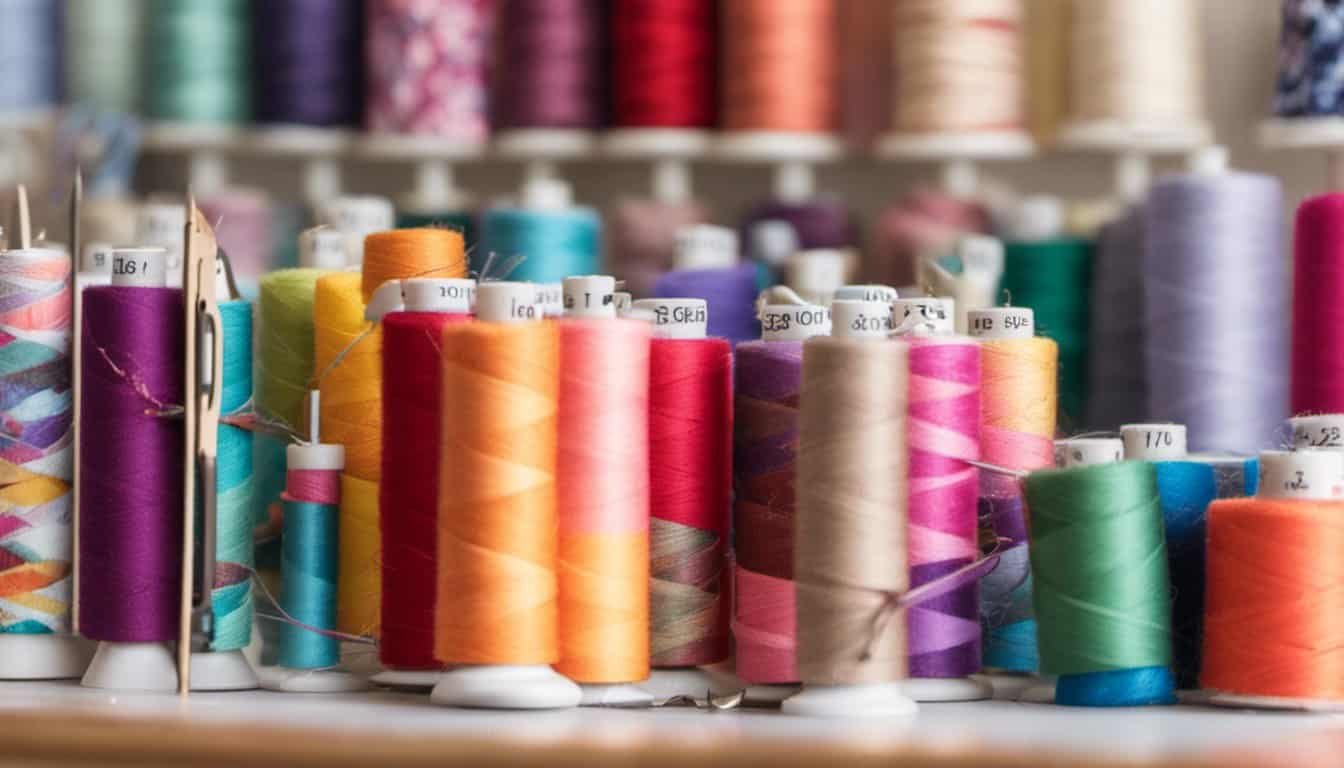
1. Space-saving
Consider the amount of space you have available for storing your sewing patterns. If you have limited space, you’ll want to opt for storage solutions that help maximize your space efficiency. Look for options like pattern envelopes or plastic sleeves that allow you to stack patterns neatly without taking up too much space.
2. Protection from Environmental Factors
Protecting your sewing patterns from environmental factors is essential to preserve their quality. Moisture, dust, and sunlight can all cause damage to your patterns over time. So, it’s important to choose storage solutions that offer protection against these elements. Pattern envelopes, file folders, or dedicated pattern storage boxes are all great options to shield your patterns from potential harm.
3. Accessibility
Easy access to your sewing patterns can make your sewing experience more enjoyable. Look for storage methods that allow you to quickly find and retrieve the patterns you need. Clear plastic sleeves or binders with labeled dividers can help you organize and categorize your patterns so that you can locate them effortlessly.
4. Longevity
Choose storage options that are durable and can withstand the test of time. Sturdy binders, plastic sleeves, or acid-free pattern envelopes can help ensure that your patterns remain intact and protected. Avoid using flimsy or low-quality storage materials that can lead to damage or deterioration of your patterns.
5. Adaptability
Consider how your storage needs may evolve over time. As your pattern collection grows, you may need to find a storage solution that can accommodate more patterns. Opt for methods like binder systems or digital storage options that allow for easy expansion and flexibility.
« Discover the Secret to Sewing Bee Success: Unleash Your Creativity with Stylish Patterns
Discover the Mind-Blowing Reason Why AllSaints Uses Sewing Machines in Their Stores »
By considering these factors, you can choose the best storage method for your sewing patterns. Whether you use binders, plastic sleeves, or digital storage, the goal is to keep your patterns organized, protected, and easily accessible for your future sewing projects. Happy organizing!
Remember, the article should not contain a conclusion paragraph.
Best Practices for Storing Sewing Patterns
When it comes to storing your sewing patterns, it’s important to have a system in place that keeps them organized and protected. Proper storage practices will not only extend the lifespan of your patterns but also make it easier for you to find and use them whenever inspiration strikes. Here are some best practices to consider:
1. Use Protective Sleeves or Envelopes
To prevent your sewing patterns from getting damaged or torn, it’s a good idea to store them in protective sleeves or envelopes. These will shield your patterns from dust, moisture, and other environmental factors that can degrade the paper over time. You can find clear plastic sleeves and pattern envelopes specifically designed for this purpose at most craft stores or online.
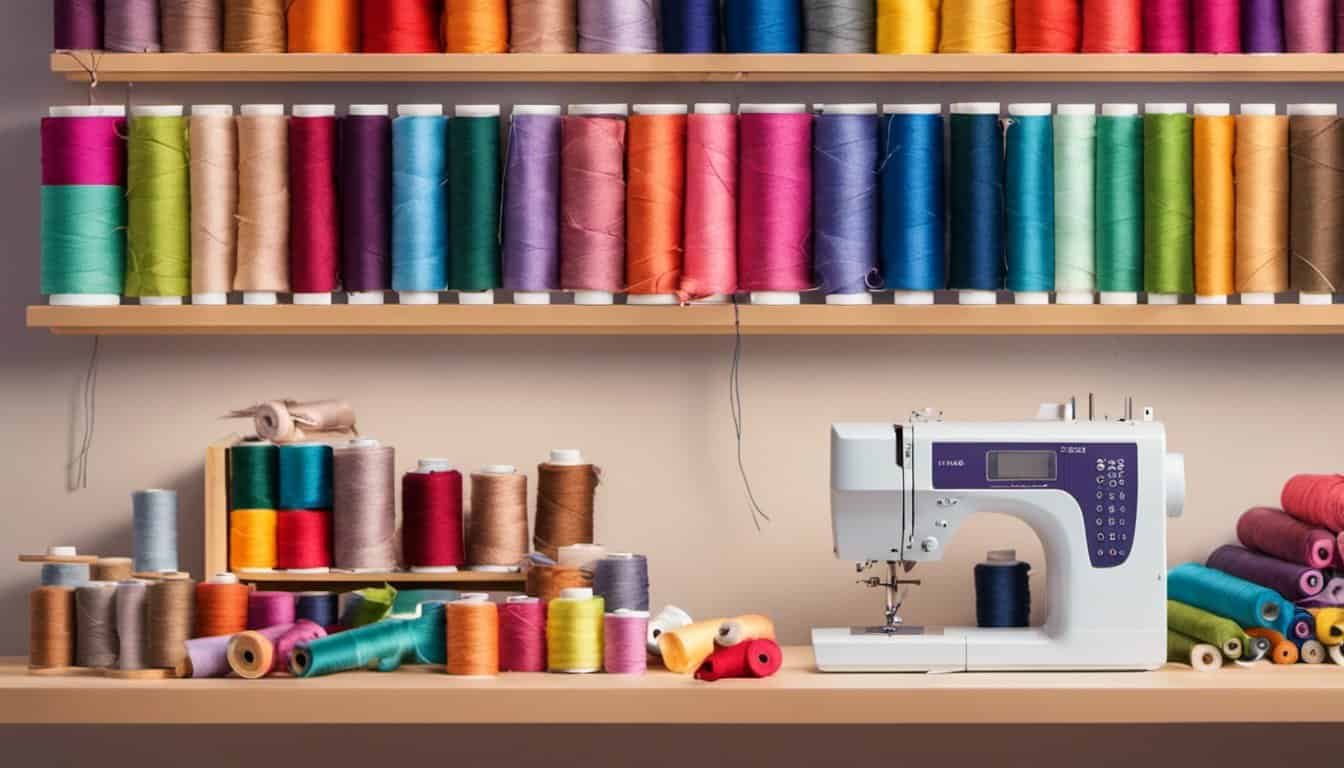
2. Consider Binders for Printed Patterns
If you have a collection of printed sewing patterns, using binders can be a great way to keep them organized. Place each pattern in a plastic sleeve and then arrange them in a binder according to categories such as garment type or designer. This method allows you to easily flip through your patterns and find the one you need without having to dig through piles or stacks.
3. Opt for Digital Storage for PDF Patterns
With the rise of digital patterns, storing them electronically is a convenient and space-saving option. Save your PDF patterns on your computer, external hard drive, or cloud storage service. Create folders and subfolders to categorize them, making it easier to locate specific patterns. You can also consider printing a physical copy of the pattern and storing it with your other printed patterns for easy reference.
4. Label and Catalog Your Patterns
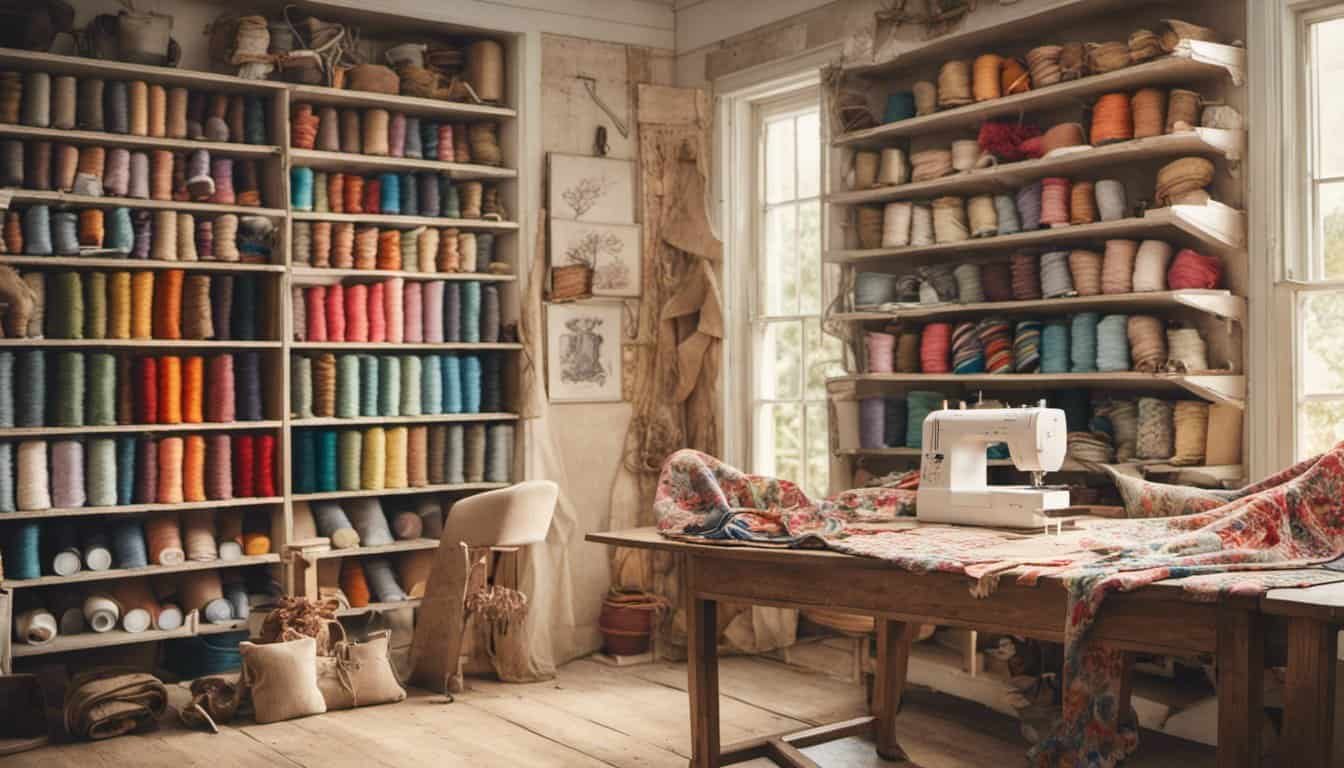
To make your patterns even more accessible, take the time to label and catalog them. Include important details such as the pattern name, designer, size range, and any alterations you have made. This information will help you quickly identify the pattern you need and save time during your sewing projects.
Creative and Space-Saving Storage Solutions
When it comes to storing your precious sewing patterns, there’s no shortage of creative and space-saving solutions to choose from. Here are a few ideas to help you keep your patterns organized and easily accessible:
Hanging file folders
Consider using hanging file folders to store your patterns. This method not only saves space, but also allows you to easily flip through the folders to find the pattern you’re looking for. You can label each folder with the pattern name and number for quick identification. Hang the file folders in a closet or on the back of a door, ensuring that your patterns are neatly stored and ready to be used.
Magazine holders
Investing in a few magazine holders can be a game-changer when it comes to organizing your sewing patterns. Simply slide your patterns into the holders, and arrange them on a bookshelf or desk. The holders keep your patterns upright, preventing them from getting crumpled or damaged. Plus, they add a stylish touch to your craft space!
Clear plastic bins
For those with a large collection of sewing patterns, clear plastic bins can be a lifesaver. These bins not only keep your patterns protected from dust and moisture, but also allow you to see what’s inside without having to open each individual container. Sort your patterns by category, such as tops, dresses, or accessories, and stack the bins for easy storage.
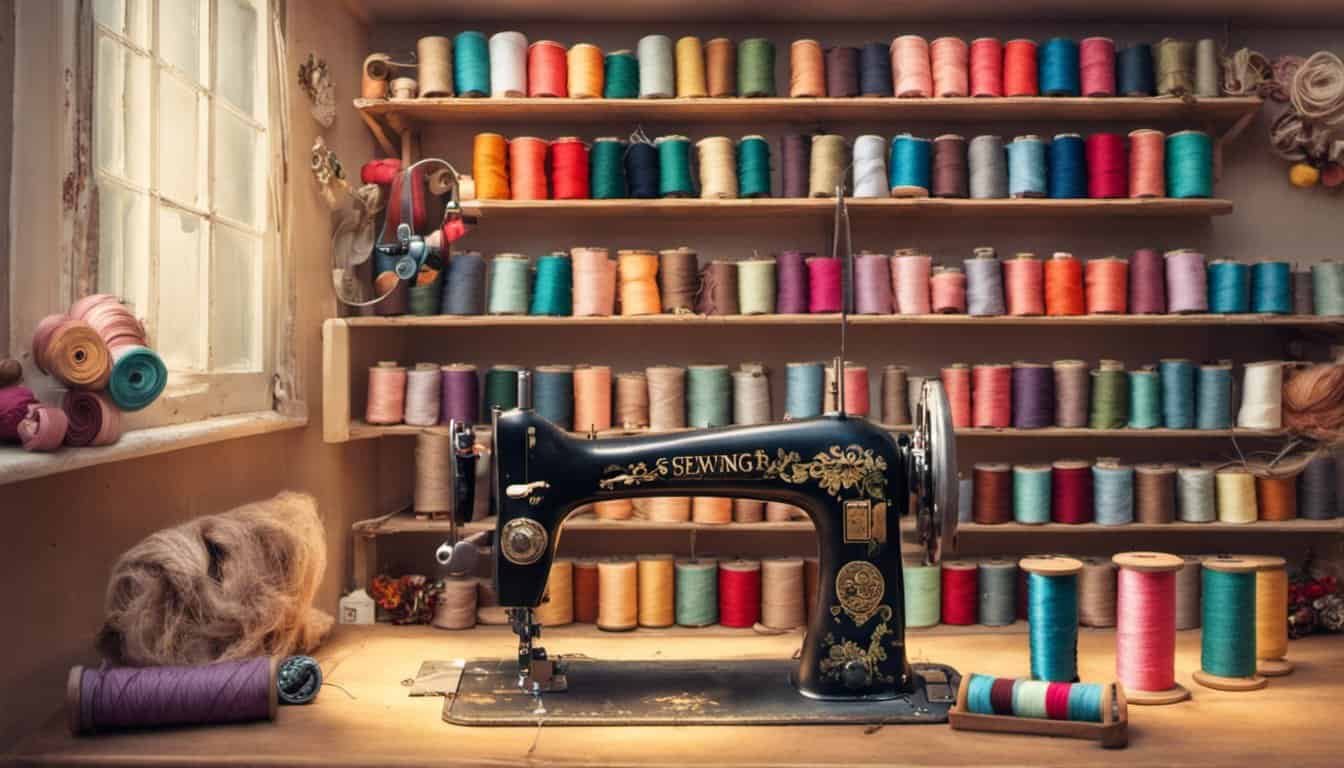
Wall-mounted file pockets
If you’re short on floor or shelf space, consider utilizing wall-mounted file pockets to store your patterns. These pockets can be easily hung on the wall, allowing you to maximize your vertical space. Label each pocket with the pattern name or category, and you’ll have a visually pleasing and functional storage solution right at your fingertips.
Remember, choosing a storage solution that fits your specific needs is key. Consider factors such as the size of your collection, available space, and personal preferences when deciding on the best method for organizing and storing your sewing patterns.
Organizing and Cataloging Sewing Patterns
When you have a growing collection of sewing patterns, it’s crucial to have an efficient system for organizing and cataloging them. This will not only save you time when you’re looking for a specific pattern, but it will also help ensure the longevity of your beloved designs. Here are some tips to help you get started on organizing and cataloging your sewing patterns.
1. Categorize by Type: Start by grouping your patterns into categories such as tops, bottoms, dresses, accessories, and etc. This will make it easier for you to locate the pattern you need, especially when you’re in a hurry to start a new project.
2. Use Clear Sleeves or Envelopes: To protect your patterns from wear and tear, consider storing them in clear plastic sleeves or envelopes. These will not only keep your patterns safe from dust and damage, but they will also make it easier for you to see and select the pattern you want.

3. Label and File: Don’t forget to label each pattern with its corresponding category. This will help you identify the pattern at a glance. Invest in a filing system, such as hanging file folders or magazine holders, to keep your patterns neatly organized. You can use dividers to further separate patterns within each category.
4. Digitalize your Catalog: If you have a large collection of patterns, consider creating a digital catalog. Take photos or scan each pattern and create a digital file where you can easily search for patterns by name, category, or keywords. This will save you valuable space and make it even easier to find the perfect design for your next project.
5. Regularly Update and Weed Out: As your collection grows, make it a habit to regularly update your catalog. Weed out patterns that you no longer use or are not interested in. This will ensure that your collection remains streamlined and easy to navigate.
Tips for Maintaining the Quality of Sewing Patterns
When it comes to your beloved collection of sewing patterns, you want to ensure that they stand the test of time. After all, these patterns are a treasure trove of inspiration and guidance for your future projects. To help you maintain the quality of your sewing patterns, here are a few tried-and-true tips:
1. Store in a Cool and Dry Place

Humidity and heat can wreak havoc on your patterns, causing them to become warped or discolored. To prevent this, make sure to store your patterns in a cool and dry place. Consider using airtight containers or plastic sleeves to protect them from moisture and dust.
2. Avoid Direct Exposure to Sunlight
Just like fabric, sewing patterns can fade when exposed to prolonged sunlight. To preserve their vibrant colors and crisp details, keep your patterns away from windows and other sources of direct sunlight.
3. Handling with Care
When working with your patterns, it’s important to handle them with utmost care. Avoid folding or creasing the patterns unnecessarily, as this can weaken the paper and make them more susceptible to tearing. Instead, gently roll them up or use acid-free tissue paper to store them.

4. Separate Different Pattern Pieces
To avoid confusion and ensure easy access to specific pattern pieces, consider separating them into individual envelopes or clear plastic sleeves. This will not only keep everything organized but also protect the patterns from damage caused by friction or folding.
5. Regularly Review and Update
Just like a well-organized closet, your pattern collection requires regular maintenance. Set aside time periodically to review your patterns and weed out any that are outdated, no longer of interest, or have missing pieces. This will keep your collection streamlined and make it easier to find exactly what you need for your next project.
6. Digitalize for Easy Access
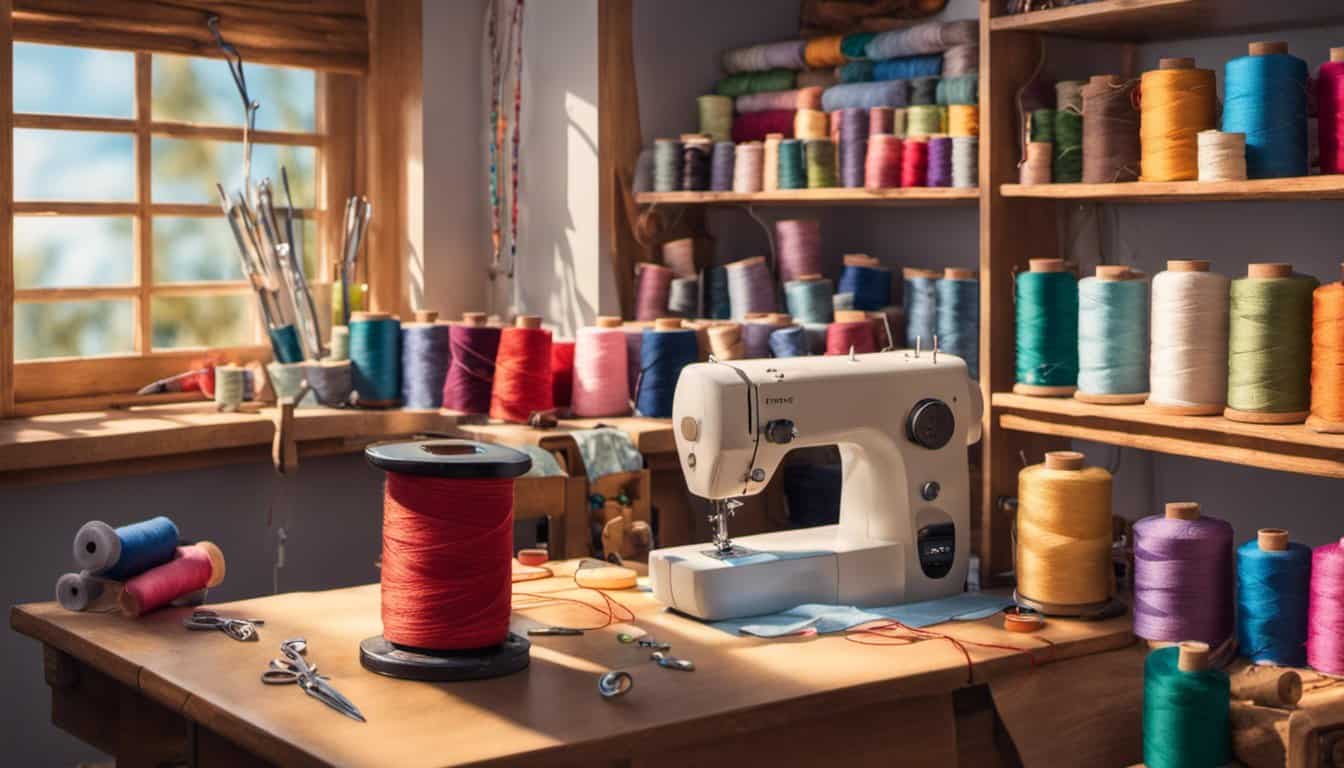
In today’s digital age, another way to maintain the quality of your sewing patterns is to digitize them. Consider scanning or photographing your patterns and creating a digital catalog. This way, you can easily access your patterns on your computer or tablet, saving you time and effort in searching through physical copies.
Conclusion
By following these tips, you can ensure that your sewing patterns remain in excellent condition for years to come. Storing them in a cool and dry place, away from direct sunlight, will help prevent fading and deterioration. Handling your patterns with care, using clean hands and avoiding excessive folding or creasing, will minimize the risk of damage. Separating pattern pieces into individual envelopes or sleeves will make it easier to find specific designs and prevent them from getting lost or mixed up. Regularly reviewing and updating your collection will help you stay organized and ensure that you have the patterns you need. Lastly, considering digitizing your patterns can provide easy access and protect them from physical damage. By implementing these practices, you can maintain the quality of your sewing patterns, protect your investment, and make your sewing projects even more enjoyable. Happy sewing!












